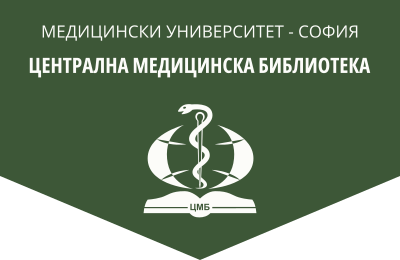Perception of radiation risk and communication in crises
General Medicine, 2023, 25(6), 20-31.
J. Djounova
National Center of Radiobiology and Radiation Protection ‒ Sofia
Abstract. Management of the crises in public health includes a significant communication component in the form of warnings, risk notifications, information on evacuation, recommendations for personal protective behavior, etc. A crisis-related communication is based on both the scientific and technical knowledge of a specific risk factor and the cultural and social beliefs in relation to risk. It aims to transform the perception of risk in a protective behavior through persuasion. The aim of the present paper is to present an analysis of the perception of risk of ionizing radiation and a practical experience in communication during crises. The analysis used data for communication messages during the accident in Fukushima, 2011, and documents prepared in connection with the crisis in Ukraine in 2022. The perception of risk was assessed performing nationally representative surveys in 2019 and 2022, including 1003 and 1009 respondents, respectively. The present paper shows the results on the attitudes and perception of risks in the society. Based on the performed analysis the following important conclusions were delineated: 1) crisis-related communication and daily provision of information to public providing it in an understandable manner is an important component of the radiation protection in emergency situations; 2) the preliminary preparation of materials on health risk due to radiation and safety measures is an important part from communication with the media, and references to the sites of leading international organizations facilitates the increase of awareness and indirectly elevates trust; 3) a purposeful information campaign outside the period of crisis is required for the formation of a stable behavior within the society as the campaign must include social media and a direct communication in electronic media (questions–answers); 4) inclusion of general practitioners, whom people trust, will increase awareness and stimulate adequate protection behavior. The performed analysis will be applied for the development of crisis-related communication in emergency situations with ionizing radiation.
Key words: crisis, communication, radiation risk, perception of risk
Address for correspondence: Assoc. Prof. Jana Djounova , MD, PhD, e-mail: jdjounova@ncrrp.org
